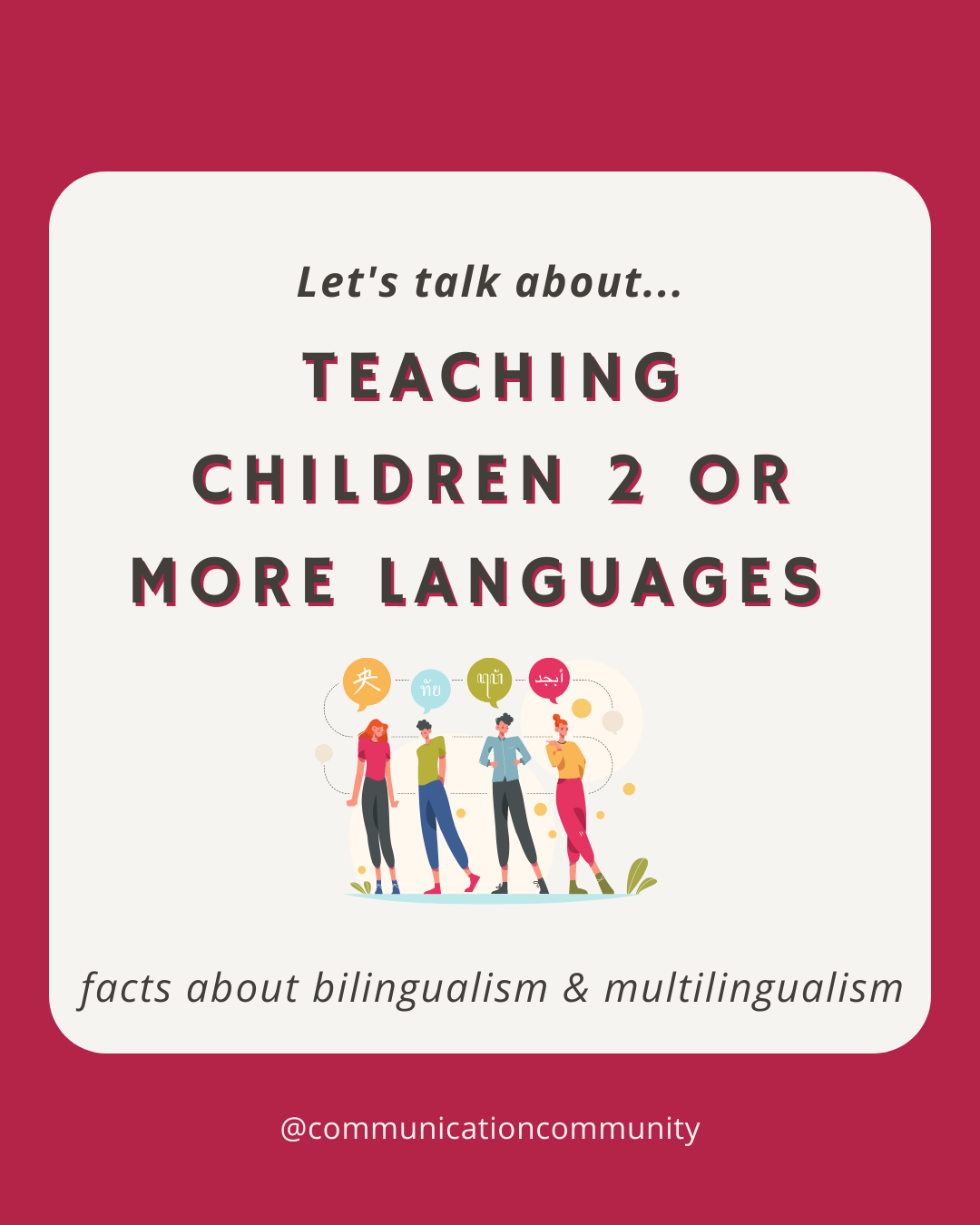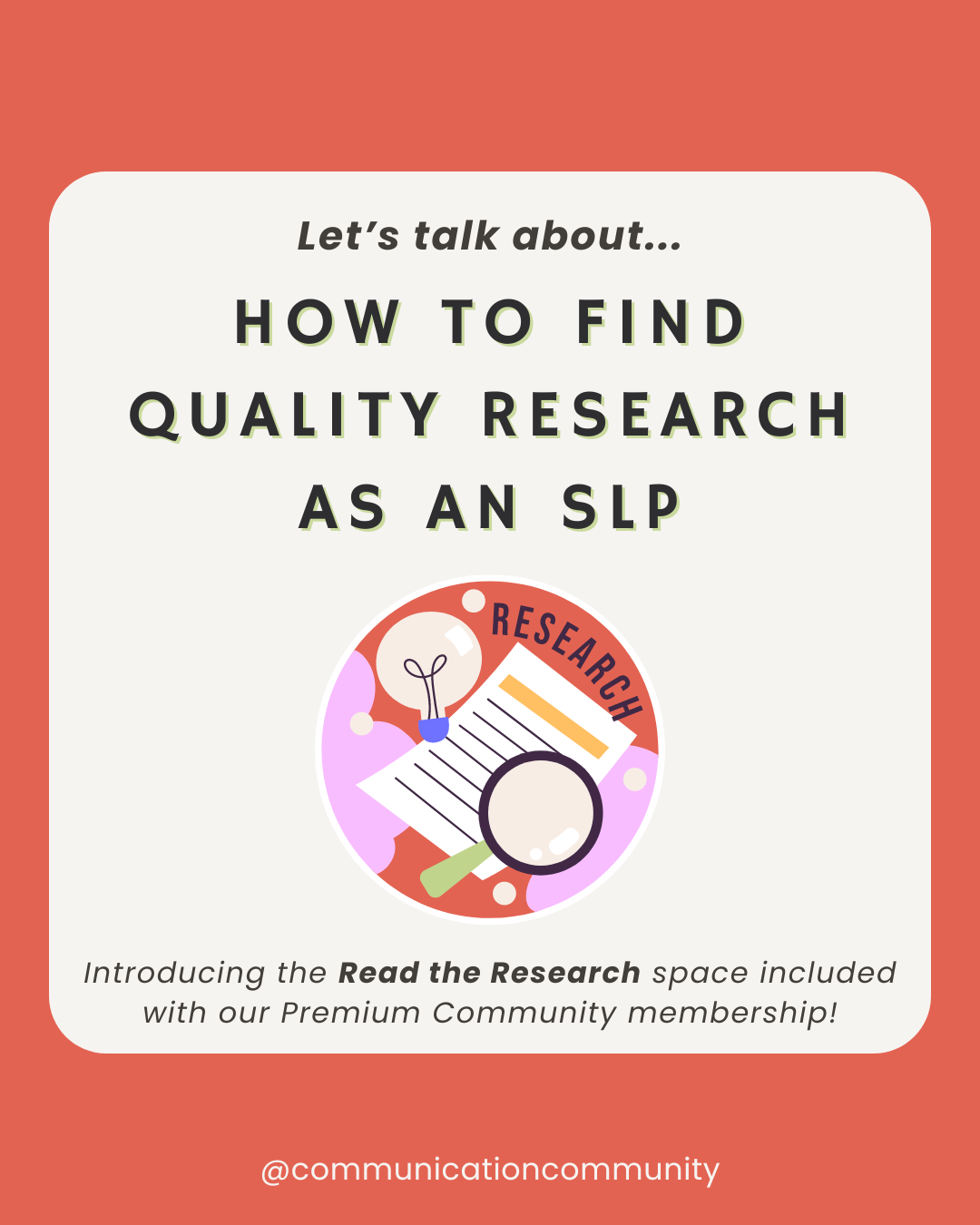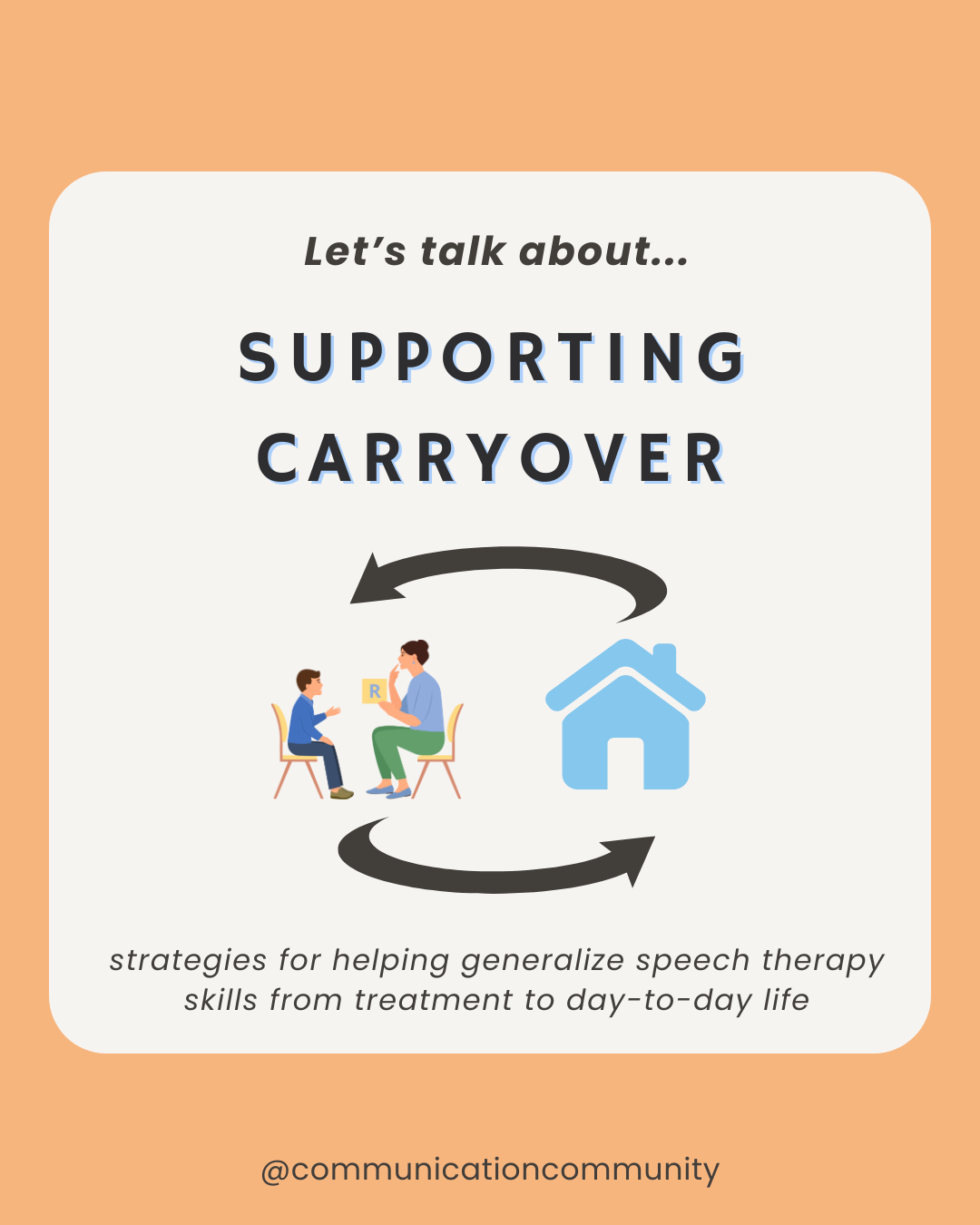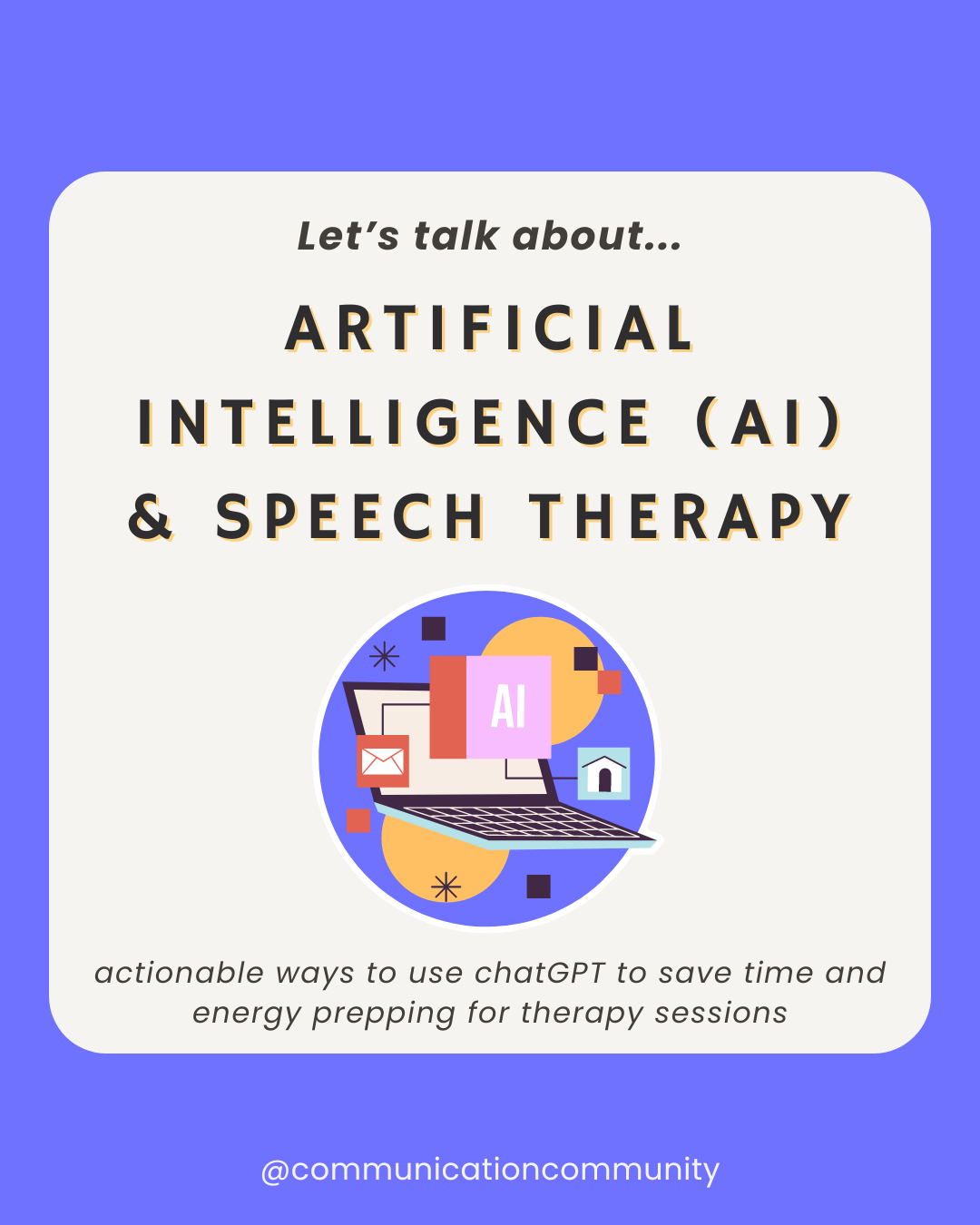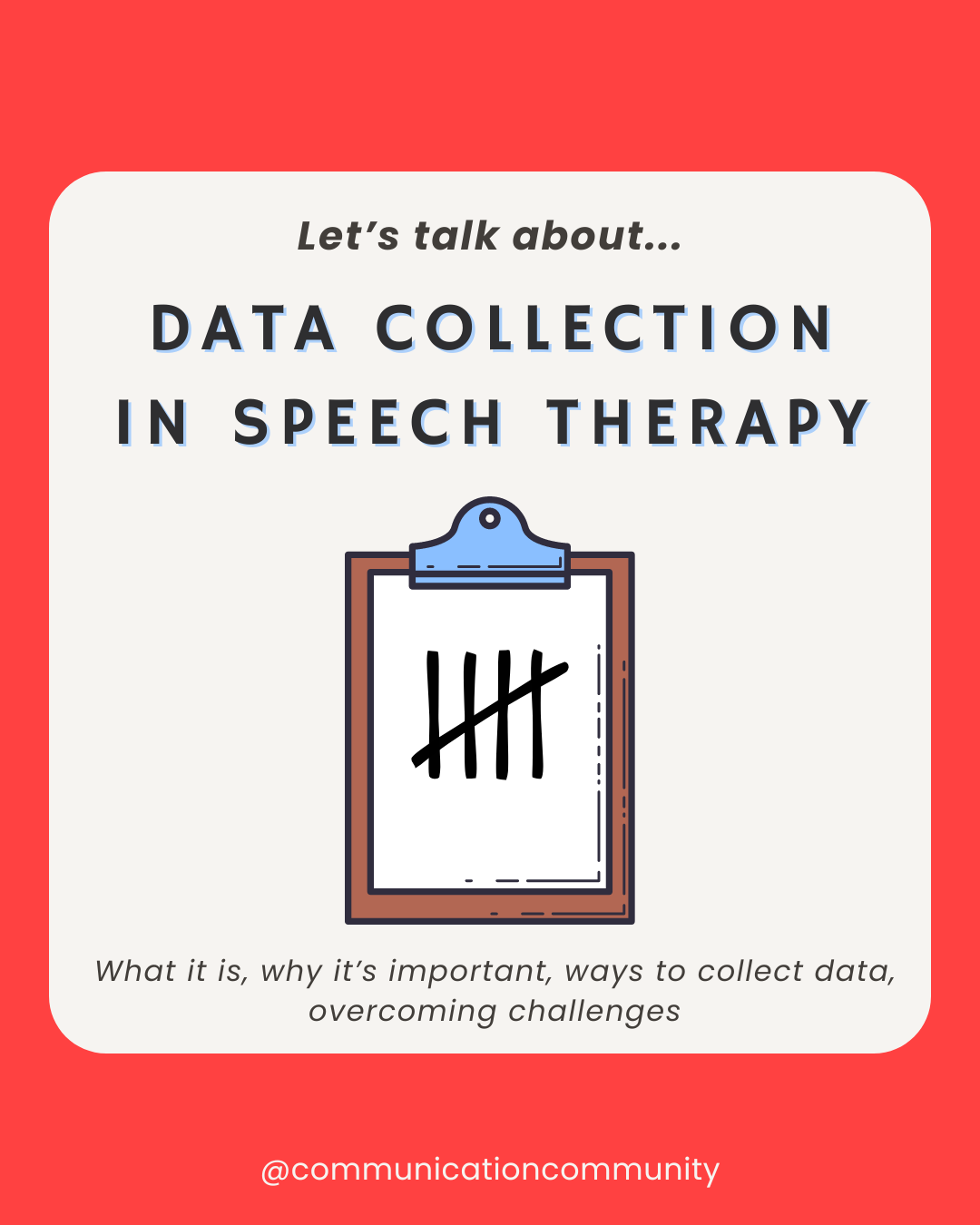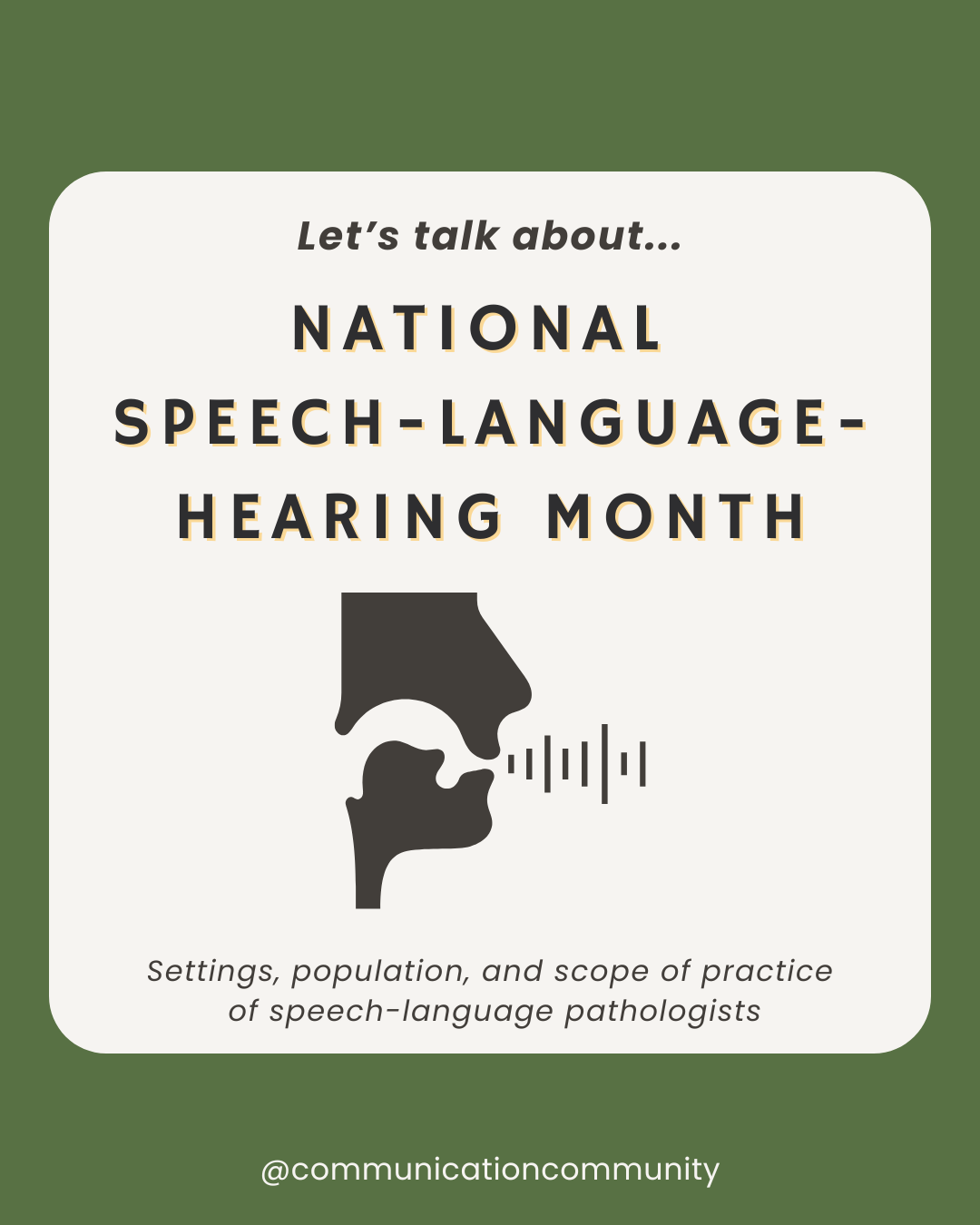Bilingualism does NOT lead to language delay.
It is a common misconception that multilingualism can lead to language delays in children.
Research has consistently found that children who are bilingual (understand two languages) or multilingual (understand 2+ languages) develop language skills at a similar rate to children who are monolingual (understand one language). There are even some studies to suggest that bilingualism and multilingualism may have additional cognitive benefits, such as enhanced attention control and executive function.
This may seem like obvious information to some; however, questions/comments like “Is teaching my child two languages at once a good idea?” or “I am going to wait to teach my child [second language] so they don’t get confused” continue to come across our desk. As clinicians, it is our responsibility to share this information with our bilingual and multilingual clients and families who are hesitant to introduce another language (specifically their home language) to their child.
Question: Can I teach my child 2 languages at the same time?
Answer: Yes! Introducing your child to multiple languages in early childhood will not negatively impact their speech and language development.
To give you a bit more (personal) context, I am writing this as a licensed speech-language pathologist (SLP) who was introduced to two languages in my infancy/early childhood (Greek and English). In addition, I am also a parent to a 20-month-old who I have been introducing more than one language to. In my personal and professional experience, I can support the research that teaching a child two languages in early childhood will not negatively impact language development.
Still skeptical? Let’s dig in!
Language Confusion in Bilingual Children: Addressing MYTHS
Despite the research disproving that bilingualism contributes to language delays/disorders in children, it is still a common belief by many. We’ve referenced a few peer reviewed articles to further deconstruct this myth:
For example, Guiberson (2013) provided an extensive literature review regarding the myths surrounding language confusion in bilingual children. Generally stating that in studies of bilingual infants, they demonstrate phonetic categorization skills that are similar to monolingual infants, but are also more highly developed or flexible because they have the capacity to handle two codes.
Additionally, a more recent study by Lesaux, R. et al. (2019) also disproved language delay in bilingual children, examining the language development of bilingual and monolingual children in a Head Start program in the United States. The study found that bilingual children had similar vocabulary development as monolingual children, despite having less exposure to each language than the monolingual children had to their single language.
With all the research advising it is OKAY to introduce multiple languages to children, there is still hesitation in introducing two languages to children who have a suspected or diagnosed language delay/disorder. For those who are interested, we have provided a reference list at the bottom of this article for additional information.
Introducing More Than One Language to Individuals With Disabilities
There is also a body of research that supports teaching two languages to children with disabilities.
A 2019 study by Navarro, Rivera, & Restrepo included child participants who had various disabilities, including autism spectrum disorder, developmental delays, and language disorders. The researchers found that children who were dual-language learners (DLL) had a positive effects related to their language outcomes. Specifically, the participants made gains in their ability to communicate in both languages, and these gains were maintained over time. This study also showed that DLL did not negatively affect other areas of development, such as behavior or social skills.
In summary, there is no research to suggest that exposing a young child to two languages will negatively impact their language development.
We know that:
- There are studies to suggest that bilingualism may have additional cognitive benefits, such as enhanced attention control and executive function.
- Most bilingual children will speak their first word by the time they are 12-months-old. This milestone is consistent with monolingual children.
- If a bilingual child is discovered to have a language disorder, it is NOT due to learning two languages or being in a bilingual household.
- There is no “language confusion” in children who are bilingual. However, combining or blending words from both languages is not uncommon to see as their language systems are developing (and will decrease as they mature).
- There is a body of research that supports teaching two languages to children with disabilities.
If you are a parent or clinician reading this - spread the word and bust those myths!
References that Support Multilingualism & Bilingualism in Children:
American Academy of Pediatrics. (2017). 7 myths & facts about bilingual children learning language. HealthyChildren.org. Retrieved from https://www.healthychildren.org/English/ages-stages/gradeschool/school/Pages/7-Myths-Facts-Bilingual-Children-Learning-Language.aspx
American Speech-Language-Hearing Association. (n.d.). Bilingual children: Speech and language development. Retrieved from https://www.asha.org/public/speech/development/BilingualChildren/
Bialystok, E. (2009). Bilingualism: The good, the bad, and the indifferent. Bilingualism: Language and Cognition, 12(1), 3-11.
Colorado Department of Education. (2013). Bilingual Myth-Busters Series: Language Confusion in Bilingual Children [PDF file]. Retrieved from https://www.cde.state.co.us/sites/default/files/documents/ELL/BilingualMythbusters-LangConfusion.pdf
De Houwer, A. (2015). Bilingual language acquisition. Handbook of child language acquisition, 1, 248-276.
Hoff, E. (2017). Interpreting the early language trajectories of children from low-SES and language minority homes: Implications for closing achievement gaps. Developmental psychology, 53(2), 196.
Kuhl, P. K., & Rivera-Gaxiola, M. (2008). Neural substrates of language acquisition. Annual review of neuroscience, 31, 511-534.
Lesaux, N. K., Rupp, A. A., & Siegel, L. S. (2019). Bilingual Language Exposure and Delayed Vocabulary Development: A Head Start Project. Child Development, 90(5), 1632-1649. doi: 10.1111/cdev.13138
Navarro, E. D., Rivera, F., & Restrepo, M. A. (2019). Dual Language Learning for Children with Disabilities: A Meta-Analysis of Single-Case Design Studies. Journal of Speech, Language, and Hearing Research, 62(7), 2322-2345. doi: 10.1044/2019_JSLHR-L-18-0315
Pearson, B. Z., Fernandez, S. C., & Oller, D. K. (1993). Lexical development in bilingual infants and toddlers: Comparison to monolingual norms. Language Learning, 43(1), 93-120.
Petitto, L. A., Katerelos, M., Levy, B. G., Gauna, K., Tétreault, K., & Ferraro, V. (2001). Bilingual signed and spoken language acquisition from birth: Implications for the mechanisms underlying early bilingual language acquisition. Journal of Child Language, 28(2), 453-496.
Ramirez, J. D., Chen, X., Geva, E., & Kuhl, P. K. (2013). The impact of bilingualism on language development in children with hearing loss. PloS one, 8(5), e62275.
The Informed SLP. (February 2023). Don't be a misinformation super-spreader. Retrieved from https://www.theinformedslp.com/reviews?tagfilters=37

